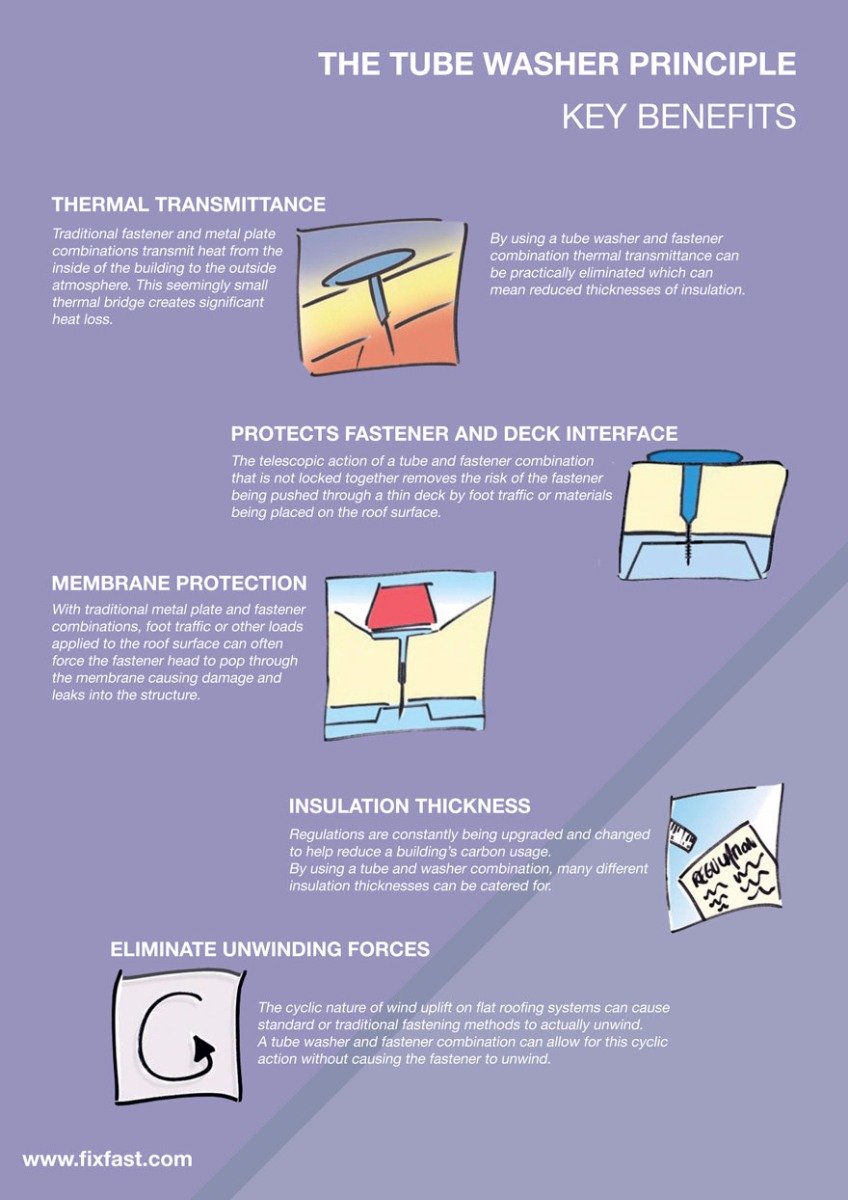A Newbie'S Overview To Understanding Photovoltaic Panel Technology And Just How It Functions
A Newbie'S Overview To Understanding Photovoltaic Panel Technology And Just How It Functions
Blog Article
Article Written By-Vittrup Jimenez
So, you've read about photovoltaic panels and their prospective to create electrical power from sunshine, but exactly how specifically do they work? Recognizing the elaborate technology behind solar panels can be a remarkable trip into the world of renewable energy. From the basic principles of solar batteries to the elaborate components that comprise a solar panel system, there's an entire realm of expertise waiting to be checked out. Allow's decipher the mysteries of photovoltaic panel modern technology together.
Solar Panel Modern Technology Fundamentals
To truly grasp the significance of solar panel innovation, you need to explore the fundamental principles that underpin its performance. erthos solar energy company virtual assistant contain photovoltaic cells, commonly made from silicon, which have the remarkable ability to convert sunlight into electrical energy via the photovoltaic or pv effect. When sunlight strikes the cells, the photons in the light interact with the silicon atoms, triggering the electrons to break free from their atomic bonds. This creates an electric current that can then be harnessed for powering different tools.
The key part of solar panels is the semiconductors within the photovoltaic cells, which facilitate the conversion of sunlight into usable electrical power. These semiconductors have both positive and adverse layers, developing an electrical field that enables the circulation of electrons.
This flow of electrons, when connected in a circuit, produces direct present (DC) electrical power. Understanding these standard concepts is vital for valuing just how photovoltaic panels can harness the sun's energy to power homes, businesses, and also satellites in space.
Exactly How Solar Panels Generate Power
Solar panels harness the sun's power by converting sunlight into electrical power via a process known as the solar impact. When sunlight strikes the solar panels, the photons (light particles) are soaked up by the semiconducting materials within the panels, normally made of silicon. This absorption generates an electric current as the photons knock electrons loose from the atoms within the product.
The electrical areas within the solar batteries then force these electrons to move in a certain instructions, creating a direct current (DC) of power. This straight current is then travelled through an inverter, which transforms it into alternating present (A/C) electrical power that can be utilized to power your home or company.
two types of solar energy systems produced by the photovoltaic panels can be kept in batteries for later use or fed back into the grid for credit through a procedure called web metering. Recognizing how solar panels produce electrical power is important to appreciating the environmental and cost-saving advantages of solar energy systems.
Recognizing Solar Panel Parts
One important element of photovoltaic panel innovation is understanding the various parts that comprise a photovoltaic panel system.
https://www.chicagotribune.com/news/environment/ct-illinois-community-solar-20221028-d3k5croaxralppao6wqyws65aq-story.html of a solar panel system consist of the photovoltaic panels themselves, which are composed of photovoltaic cells that transform sunlight into electricity. These panels are placed on a structure, frequently a roof covering, to capture sunshine.
In addition to the panels, there are inverters that convert the direct existing (DC) electrical energy produced by the panels right into rotating existing (AIR CONDITIONER) electrical energy that can be utilized in homes or businesses.
The system additionally consists of racking to support and position the photovoltaic panels for optimal sunshine exposure. Additionally, cords and ports are necessary for carrying the electricity produced by the panels to the electrical system of a building.
Last but not least, a tracking system may be consisted of to track the efficiency of the photovoltaic panel system and ensure it's operating efficiently. Understanding these parts is vital for anyone looking to mount or make use of photovoltaic panel technology successfully.
Verdict
Now that you understand the essentials of photovoltaic panel innovation and how it works, you can appreciate the power of utilizing sunshine to generate tidy and renewable energy for your building. By utilizing the solar effect and components like inverters and checking systems, you can add to a much more sustainable future while additionally potentially saving money on power costs. Keep understanding and exploring the opportunities of solar power for a greener tomorrow.
